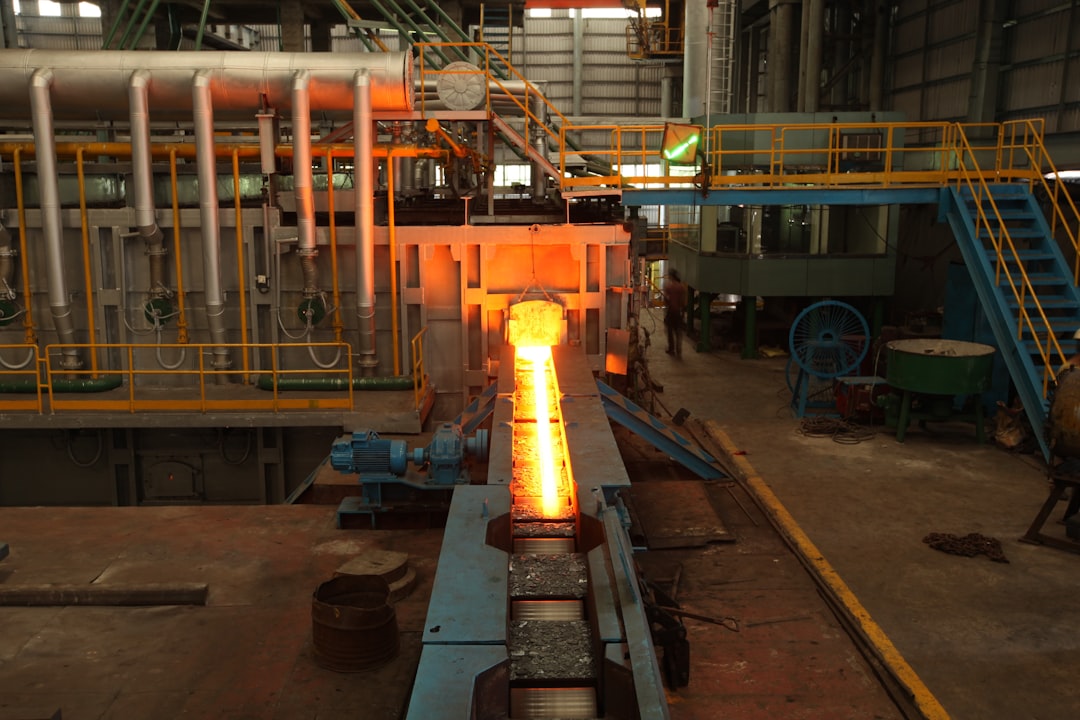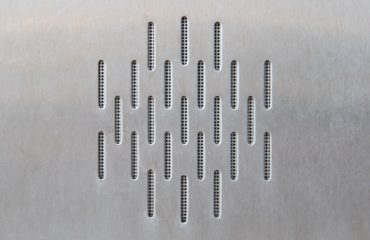body { font-family: sans-serif; line-height: 1.6; }
h1, h2, h3 { color: #333; }
img { max-width: 100%; height: auto; }
In the realm of industrial design, the choice of structural elements significantly impacts a project’s success. While often overlooked, IPN beams play a crucial role in providing strength, stability, and efficiency in a wide range of applications. This comprehensive guide delves into the world of IPN beams, exploring their properties, advantages, and considerations for their effective integration into industrial designs.
Understanding IPN Beam Properties and Characteristics
IPN beams, or Parallel Flange I-beams, are hot-rolled steel sections characterized by their parallel flanges and a web connecting them. This design provides exceptional strength-to-weight ratios, making them ideal for applications where weight optimization is crucial. Key properties include:
- High Strength: Their I-shaped profile efficiently resists bending moments, making them suitable for supporting heavy loads.
- Lightweight: Compared to other beam types with similar load-bearing capacities, IPN beams offer significant weight savings, reducing transportation and installation costs.
- Parallel Flanges: The parallel flanges simplify connections and welding, speeding up the construction process and reducing fabrication costs.
- Versatility: Available in a wide range of sizes and dimensions, IPN beams cater to diverse project requirements.
- Durability: Made from high-quality steel, IPN beams offer excellent resistance to corrosion and wear, ensuring long-term performance.
Understanding these properties is essential for selecting the appropriate IPN beam for a specific industrial design project.
Applications of IPN Beams in Industrial Settings
The versatility of IPN beams makes them suitable for a wide array of industrial applications. Their strength and lightweight nature are particularly advantageous in:
- Construction: Supporting floors, roofs, and other structural elements in industrial buildings, warehouses, and factories.
- Manufacturing: Used as support structures for heavy machinery, conveyors, and production lines.
- Bridge Construction: Contributing to the structural integrity of smaller bridges and overpasses.
- Offshore Platforms: Used in the construction of offshore oil and gas platforms where weight and strength are critical factors.
- Automotive Industry: Integrated into the frameworks of large industrial vehicles and machinery.
- Renewable Energy: Supporting structures for solar panels and wind turbines.
The specific application dictates the selection of the appropriate size and grade of IPN beam to ensure structural integrity and safety.
Advantages of Using IPN Beams in Industrial Design
Choosing IPN beams offers several key advantages over alternative structural solutions:
- Cost-Effectiveness: The combination of high strength and lightweight design translates into reduced material costs and efficient construction.
- Improved Efficiency: Their parallel flanges simplify fabrication and assembly, leading to faster project completion times.
- Enhanced Structural Integrity: IPN beams provide superior load-bearing capacity and stability, ensuring the safety and longevity of the structure.
- Simplified Design: Their standardized dimensions and properties simplify the design process, reducing engineering complexity.
- Sustainability: The efficient use of materials and reduced transportation needs contribute to a more sustainable construction approach.
These advantages collectively contribute to a more efficient, cost-effective, and sustainable industrial design process.
Design Considerations for Integrating IPN Beams
Successful integration of IPN beams requires careful consideration of several factors:
- Load Calculation: Accurate load calculations are crucial to determine the appropriate size and grade of IPN beam needed to withstand anticipated loads.
- Span Length: The span length significantly influences the beam’s deflection and stress levels. Proper selection is vital to prevent excessive deflection.
- Support Conditions: The type of support (fixed, pinned, or simply supported) impacts the beam’s behavior and needs to be considered in the design.
- Connection Details: Proper detailing of connections (welding, bolting) is crucial for ensuring the structural integrity of the entire system.
- Corrosion Protection: In corrosive environments, appropriate corrosion protection measures, such as galvanizing or painting, are necessary to extend the beam’s lifespan.
Overlooking these aspects can lead to structural failures and compromised safety.
Future Trends and Innovations in IPN Beam Technology
The field of structural steel is constantly evolving. Future trends in IPN beam technology include:
- Advanced Materials: Research into high-strength, lightweight steel alloys promises to further enhance the performance of IPN beams.
- Optimized Designs: Computational modeling and simulation techniques are being used to optimize IPN beam designs for specific applications.
- Sustainable Manufacturing: Increased focus on sustainable manufacturing practices, including reduced energy consumption and waste minimization, will drive innovation in IPN beam production.
- Prefabrication: Prefabricated IPN beam assemblies are becoming increasingly popular, reducing on-site construction time and improving efficiency.
- Smart Sensors and Monitoring: Integration of smart sensors into IPN beams for structural health monitoring is an emerging area with significant potential.
These advancements will continue to enhance the capabilities and applications of IPN beams in industrial design.
In conclusion, IPN beams are indispensable components in modern industrial design, offering a compelling blend of strength, efficiency, and cost-effectiveness. By understanding their properties, applications, and design considerations, engineers and designers can harness their full potential to create robust, sustainable, and innovative industrial structures.
Tags:
IPN beams, Industrial design, Steel beams, Structural engineering, Parallel flange I-beams




